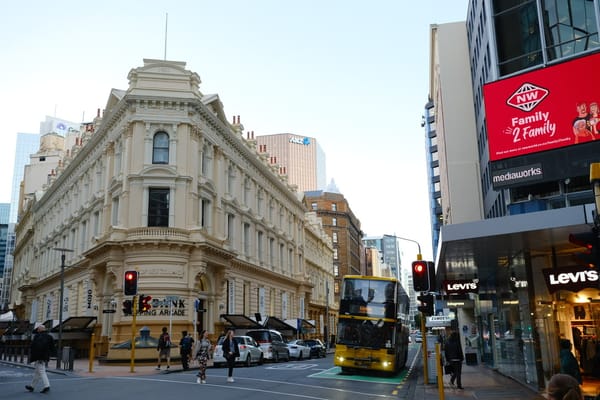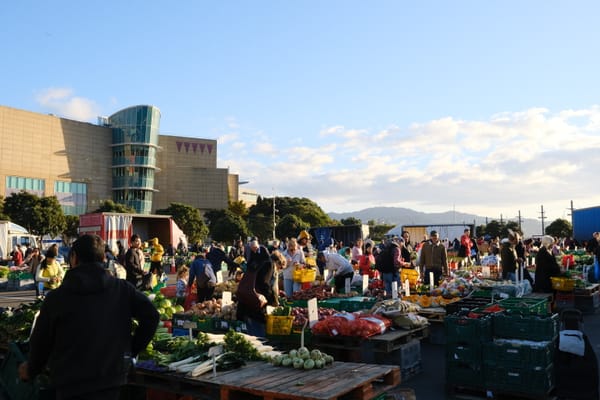The London bus experience that's coming to Aotearoa
Meet the one bus card to rule them all.
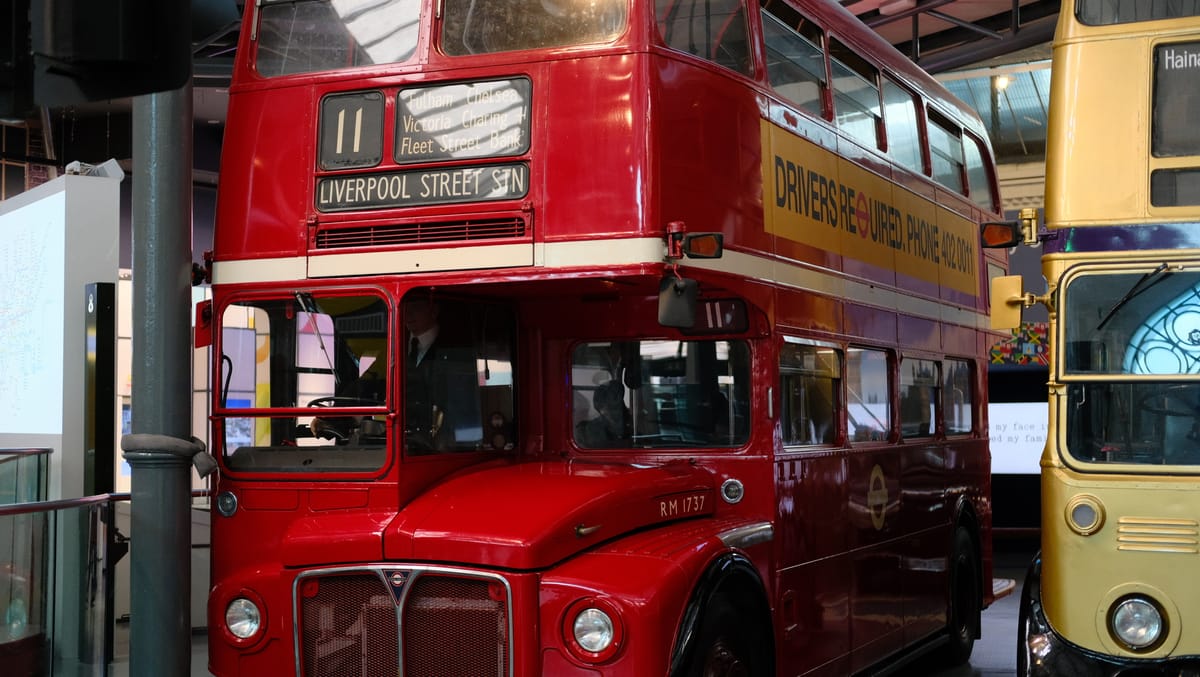
Picture a London bus. The famous soft but sturdy double deckers that weave around the ancient city streets are pretty cool.
When I visited London in 2023, they were a delight to use. They came along frequently, had a flat fee and I saw far more of the massive city on the Thames than on the Underground.
Travelling London was easy for tourists like me because they’ve simplified an often invisible part of public transport: payments. Since 2014, anyone can tag onto a bus or a train with their credit card or even their phone. Apple Pay, Google Pay, PayWave: contactless payments are your ticket to ride.
It’s hard to overstate how convenient this is. When I landed in London, I didn’t worry about buying a card and topping it up. I had Apple Pay on my phone, so I pointed it at the kiosk and instantly bought my ticket. I didn’t even need Wi-Fi. It was so easy that I had more time to explore and spend my sweet tourist cash.
In the next year, New Zealand will have a system even better than London’s. Here’s what we can look forward to.
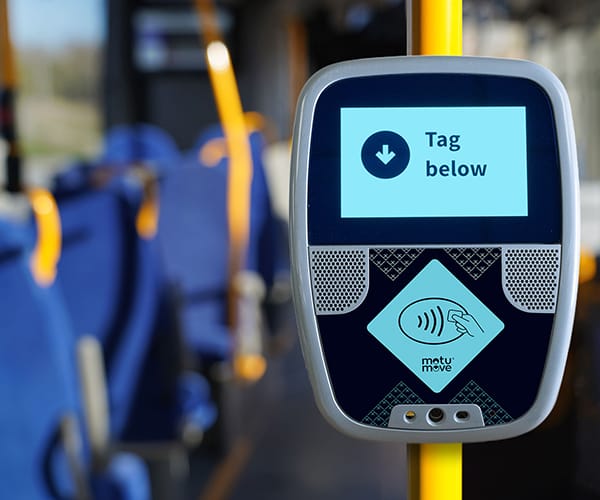
new payment method who dis
Right now, paying for public transport is messy. Regional councils (think Greater Wellington, Horizons or Environment Canterbury) individually run their buses and train networks. They also individually choose how people pay. Lots of different solutions are used across our tiny country: the HOP card, Snapper, Metro card, the Beecard, just to name a few.
Our country is tiny. Different ways to pay in different regions makes no sense. I’m particularly annoyed that I’ve had to pay like $5 for a new bus card every time I’ve visited a different place in Aotearoa. I’ve got half a dozen hunks of plastic with a $3 balance collecting dust in my house.
Enter the National Ticketing Solution. After nearly a decade of development (I’m not shitting you, it’s been in the works since 2016), it’s nearly ready to be used.
Every regional council has agreed to get rid of their existing bus cards and adopt one card to rule them all: Motu Move. Once it’s rolled out, you’ll be able to pay for a bus in Wellington or a train to Palmy all with the same card.
Or, you could stop using a bus card entirely. Motu Move will let you tag on and off with your debit card, your credit card or your phone. If you want to be insufferable, you could even use your smartwatch.
There’s also way more cool stuff coming with Motu Move, like fare caps. In the future, our Regional Council could decide that you will never pay more than $50 a week on your public transport costs, no matter how much you travel. It could be a game changer for making the bus more attractive compared to the costs of driving.
So far, I’ve described a system that’s very much like London. New Zealand’s system will be better, though. Here’s how.
When I visited the UK, I visited many cities alongside London. All of these places had completely different ways to pay. I needed paper tickets in Liverpool and cash in Bath. It was tricky to get around, so I didn’t venture out as much.
Motu Move will make every city bus and train easy, regardless of where you visit.
A simple system like this nationwide is world leading. I’ve only heard of the Netherlands having a system this easy that works across their entire country.
I’m so excited for this. It will be a huge improvement.
The only problem is, we have a long way to go before we can travel the motu on public transport.
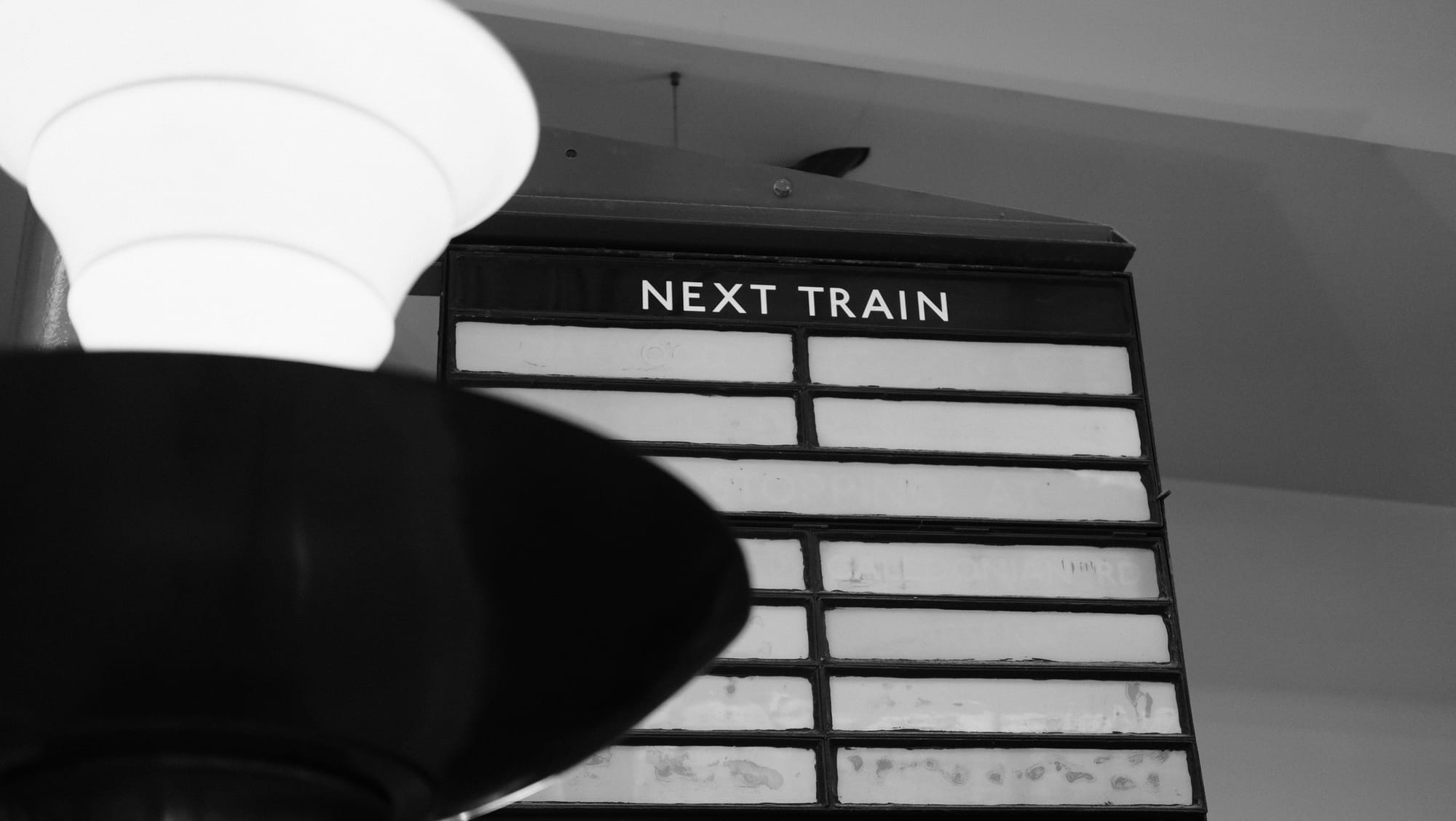
The irony of calling it Motu Move
New Zealand’s public transport between cities is, to put it lightly, fucked.
Aotearoa used to have regularly scheduled buses and trains between cities. For decades, politicians let it rot then sold it off. Intercity is now a private company, and KiwiRail doesn’t treat its trains between cities like Auckland and Wellington, for example, as public transport.
For that reason, KiwiRail’s “General Manager Great Journeys New Zealand and Commuter” Tracey Goodall told me in a statement:
Great Journeys New Zealand’s trains (Northern Explorer, Coastal Pacific and TranzAlpine) will not be using the new National Ticketing Solution as these are tourism experiences, not inter-regional commuter trains.
An Intercity spokesperson also confirmed to me that they wouldn’t be implementing Motu Move.
Both KiwiRail and Intercity are in the tourism business. As a tourist in the UK, I would have killed to be able to use my debit card to tag onto my train between Glasgow and Edinburgh. Of course I would have! Ōtautahi Christchurch is testing Motu Move now. Guess who loves this system more than anyone? Tourists. The Post reported recently that:
It was particularly helpful for international visitors who could get straight off a plane and onto a bus using their bank card.
Some may think that tourist trains come from Venus and commuter trains come from Mars, but that’s all bullshit. Tourists use commuter buses and trains all the time. Using Motu Move would make their transport options better for everyone, expecially tourists.
But the problem goes further than that.
Our cash-strapped councils deliver local buses and trains where they can, but no Ministry is required to offer nationwide public transport.
Imagine if our hospitals could move patients inside their buildings, but no one was in charge of getting patients from one hospital to another. That’s how our public transport system works right now.
Parliament's Transport Committee already wrote a report on connecting regions with public transport. Until Parliament's findings are made real, Motu Move will be an ironic name. Despite the fact it will be a huge improvement, you will not be able to move across most of the motu with it.
We must fight for climate friendly travel between cities. I personally can’t wait to use Motu Move to pay for those journeys in the future.


